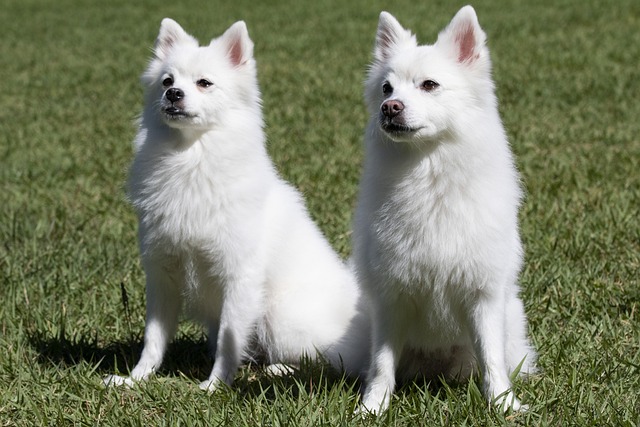
What are the reasons for the odor around dog eyes
Let’s imagine you’re a new dog parent in Boston, snuggling with your 8-month-old pug, Bella, when you notice a musky, sour smell near her eyes.
Dental hygiene often slips under the radar for many dog owners, yet it is a cornerstone of responsible pet care. The consequences of neglecting dental care in dogs extend far beyond bad breath; tartar buildup, gingivitis, and periodontal disease can lead to infections that travel through a dog’s bloodstream, potentially affecting organs like the heart and kidneys. For many breeds, especially those genetically predisposed to dental problems, routine cleaning is not a luxury but an essential aspect of their health. In the United States, where canine companions are considered family, understanding which dog breeds that need teeth cleaning the most can make a significant difference in your pet’s quality of life and longevity.
Some dog breeds with dental problems are well-known to veterinarians and seasoned owners alike. Small breeds top this list, with Chihuahuas, Dachshunds, Yorkshire Terriers, and Pomeranians frequently experiencing dental issues throughout their lives. Their small jaws often lead to crowded teeth, creating hiding spots for bacteria and food debris. Even larger breeds like Greyhounds and Boxers can be surprisingly prone to dental disease due to unique jaw structures and bite alignment. Owners of these breeds often face the challenge of maintaining dental care for small dog breeds, which requires both diligence and a tailored approach.
Beyond the usual suspects, several lesser-known breeds also demand extra attention when it comes to oral health. Italian Greyhounds, for instance, are delicate in both build and dental constitution; their thin jaws and small teeth make them especially vulnerable to rapid tartar accumulation and tooth loss. Chinese Cresteds and Toy Manchester Terriers share similar risks, often experiencing premature tooth decay due to genetic predispositions. Even the lovable Cavalier King Charles Spaniel can surprise new owners with the frequency of required dental interventions. Breed characteristics such as snubbed muzzles, tightly packed teeth, or even a tendency to retain baby teeth all contribute to heightened dental vulnerabilities. Recognizing these risks helps tailor how to clean dog teeth for specific breeds, ensuring no detail is overlooked.
Effective dental care for dogs starts with understanding the best techniques for each breed. For small breeds or those with compact jaws, using a soft-bristled toothbrush designed for pets and a toothpaste formulated for dogs is critical—never use human toothpaste. Finger brushes can be particularly helpful for breeds with tiny mouths, such as Chihuahuas or Papillons, allowing owners better control and gentler cleaning. For breeds like Bulldogs or Shih Tzus, whose jaw shapes create deep crevices, angled brushes or dental wipes can reach tough spots. Dental treats and chews can supplement brushing, but they should not replace it. Setting a schedule—ideally brushing several times a week, if not daily—ensures plaque does not gain a foothold. These dental health tips for dogs apply across breeds but should be adjusted based on your dog’s individual risk factors and temperament.
Preventive strategies extend beyond the home. Regular veterinary dental check-ups, typically once a year, allow professionals to spot early signs of trouble, such as red gums, loose teeth, or changes in eating habits. Many clinics now offer dental cleanings under anesthesia, which can remove stubborn tartar that brushing at home may miss. For breeds with a high risk of dental disease, more frequent check-ups might be recommended. Keeping an eye out for warning signs—drooling, pawing at the mouth, or foul breath—enables prompt intervention before minor issues escalate into costly treatments. In line with American veterinary best practices, proactive dental care can save both money and heartache over a dog’s lifetime.
Prioritizing dental care is not simply a matter of aesthetics or fresh breath; it’s an investment in your dog’s comfort and well-being. Owners of dog breeds that need teeth cleaning most urgently, whether well-known or lesser-discussed, carry a responsibility to stay ahead of potential problems. By following expert-backed dental health tips for dogs, customizing routines to your breed’s unique needs, and scheduling regular veterinary check-ups, you put your pet on a path toward lifelong health. For every wagging tail and happy bark, there’s a set of healthy teeth making it possible—so don’t overlook your dog’s dental needs, no matter what breed you share your home with.

Let’s imagine you’re a new dog parent in Boston, snuggling with your 8-month-old pug, Bella, when you notice a musky, sour smell near her eyes.

If your Labrador's constantly scratching at their ears or shaking their head, it might be more than just an itch. Ear infections are common in these active, water-loving dogs, and early intervention is key.
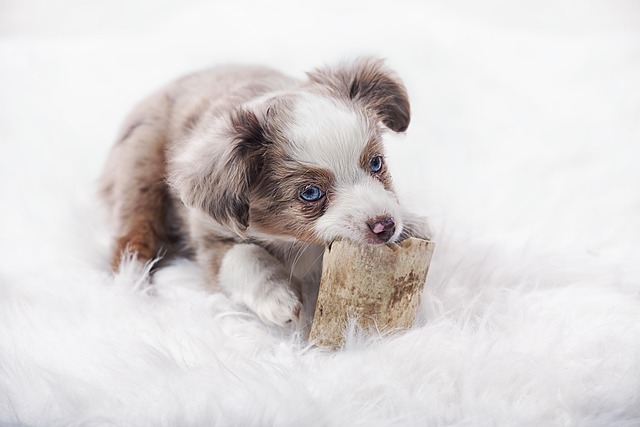
Finding out your dog has heart disease feels like a gut-punch.Amidst worry,the question of exercise looms large.It's crucial to know that local animal welfare laws may impact how you manage your pet's care,and this extends to physical activity guidelines.
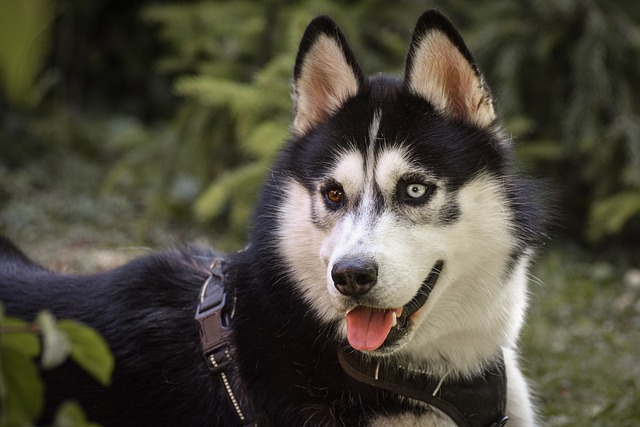
What is the root cause of separation anxiety in dogs? Let’s start with a moment every new pup parent in a downtown LA apartment has likely faced
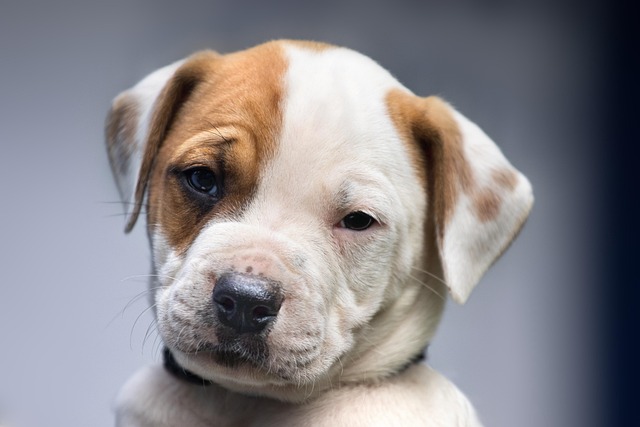
Discovering a wound on your dog's fur can feel like a punch in the gut,but staying calm is crucial.Before reaching for any treatment,familiarize yourself with local animal welfare laws—some regions restrict over-the-counter medications for pets,
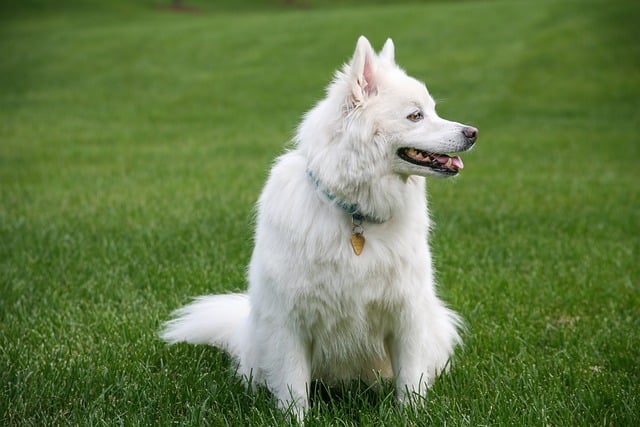
Imagine this: It’s a sweltering summer day in Phoenix, and you’ve just returned from a long walk with your Labrador Retriever, Max.